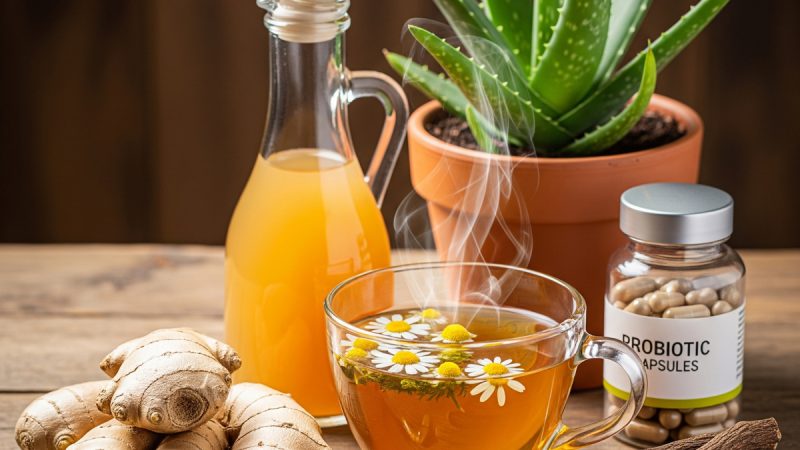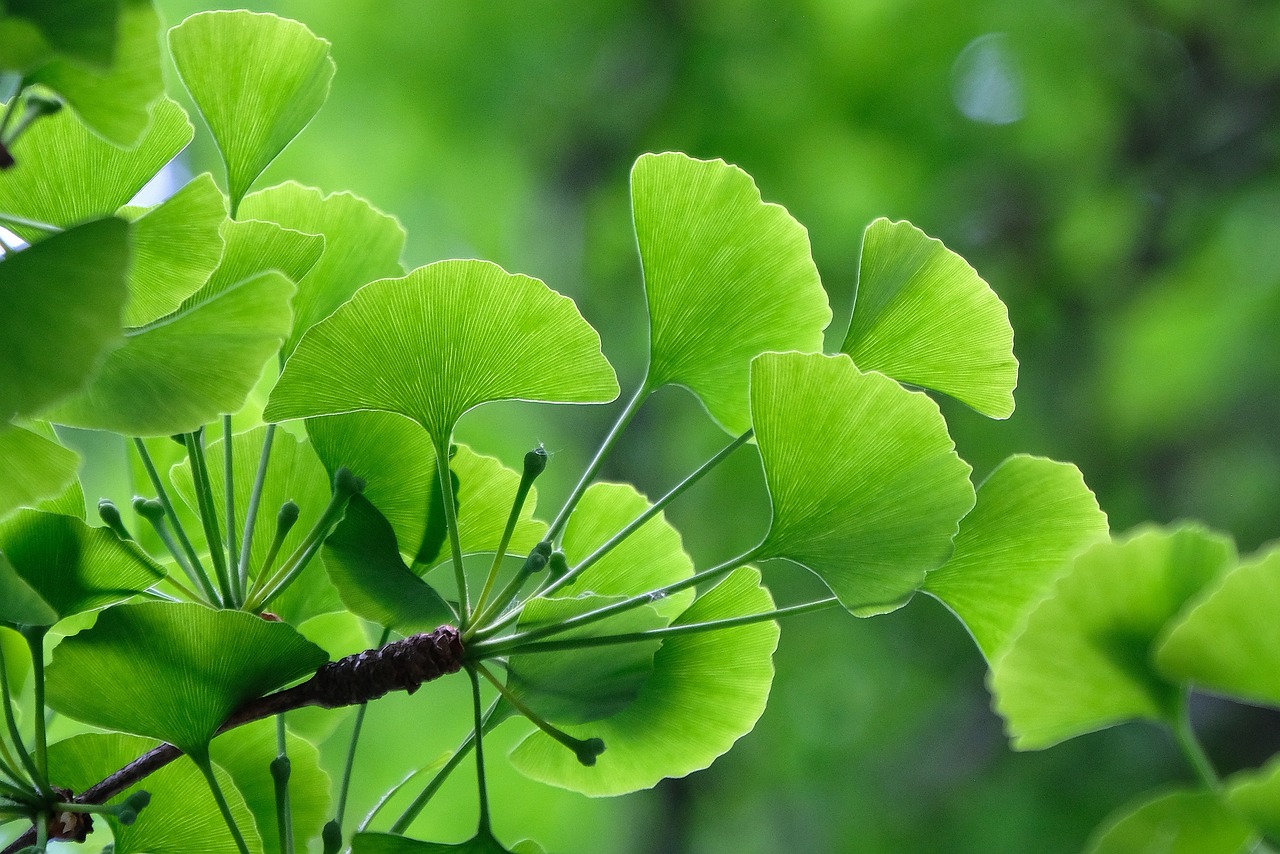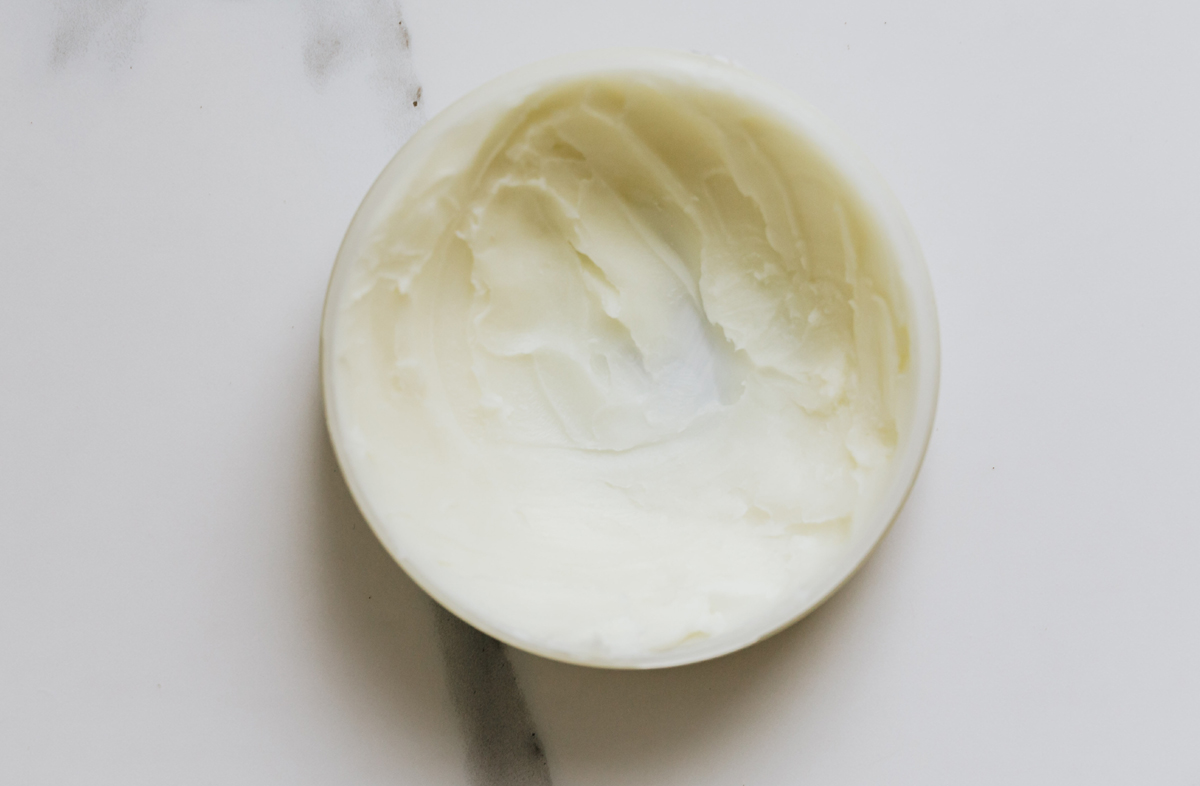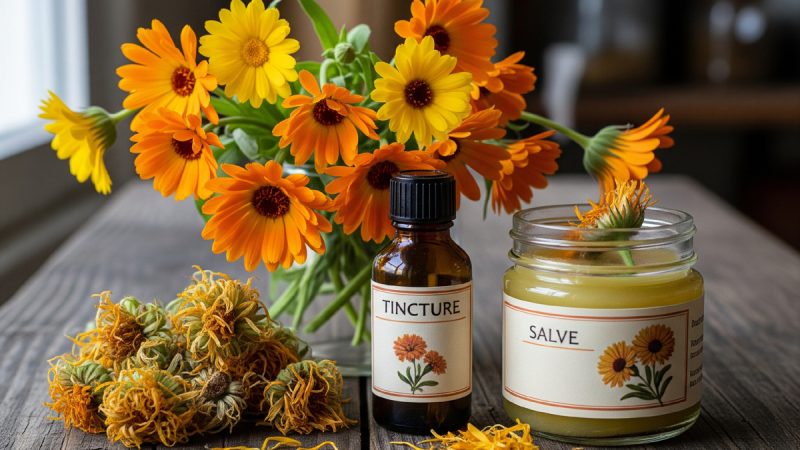Plantain – The Band-Aid Plant
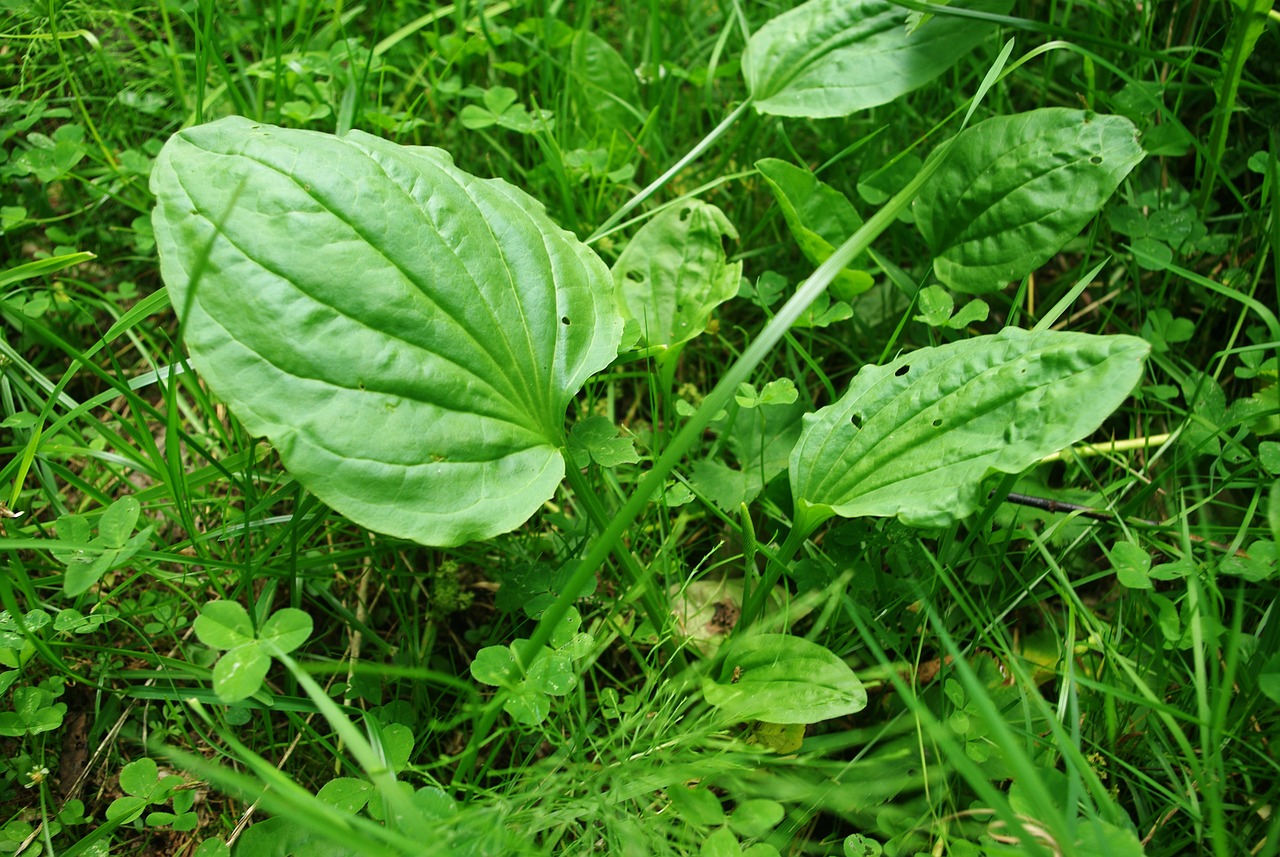
I have such wonderful childhood memories of playing with Plantain. When certain varieties of the plant are flowering (as they do for most of the summer), the stem can be folded around itself and engineered in such a way that you can pop the flower heads off and send them flying.
My cousins, siblings, and I used to run all around the yard during the summer using these mini weapons on each other. It was great fun.
Back then I had no idea that Plantain was also a valuable herbal medicine. Even when I first learned of its medicinal properties, it was some time longer before I understood that what I was reading about was that same old friend from my childhood.
In my reading, it was often referred to as “the Band-aid plant.” I was first introduced to it as a medicine through a wonderful article I found on the internet about the author getting stung by a bee and how she quickly found this plant growing nearby, chewed it up and applied it to the sting, and got instant relief. How she taught her children to find the plant and apply it themselves whenever they got a sting or bug bite…
This was near the beginning of my journey into herbalism, and I became very anxious to find this plant so I could experience it in this way too! I was totally in awe to discover shortly after that this was the very same common weed I had been playing with my whole life, practically a permanent fixture in my little piece of the world. And there it was, still right outside my door growing everywhere in my yard.
Fascinated, I read all about Plantain and learned many facts about it. I learned that the fresh young leaves can be eaten as a salad green or cooked like spinach, imparting many valuable nutrients. The seeds are used by many as a bulk laxative. The roots can be made into a remedy for a variety of serious illnesses. To give a good idea of the widespread uses and benefits of this plant, go to: http://altnature.com/gallery/plantain.htm
But I must say, no amount of reading and intellectual learning can compare to actually seeing it work before your very eyes.
My little fair skinned grand-daughter was the first person I experimented on. The bugs just love her! They eat her up every time she goes outside. When she was stung by a bee once, I remembered immediately that Plantain might help, but I wouldn’t really know for sure unless I tried it, so that is what I did. I went right out into the yard and gathered some healthy green Plantain leaves.
I wasn’t quite ready at that early stage of my herbal career to jump full fledged into making spit poultices (yikes!), so instead of chewing it up I used my fingernails to macerate it and squeeze it so that some of its green juice was oozing out. Then I placed the leaves directly on the sting. Within 5 seconds she stopped crying and said it didn’t hurt anymore!! She soon went merrily on her way as if nothing had happened. I’ve since used plantain many times for similar situations, and always with the same miraculous results.
Where I live, the plantain is still flourishing out in the yard even this late into Fall. But I know it will soon diminish as cold weather sets in. So, to make sure I have access to some of its healing properties all winter long, I made my first oil infusion of Plantain this summer, and I will soon turn some of that into a healing salve. I’ll use my oil and salve often throughout the winter and beyond for rough dry hands, chapped lips, rashes, abrasions… any sort of skin irritation.
How to Make Plantain Oil & Salve
Gather fresh plantain leaves on a sunny day. Choose only unblemished leaves that the bugs have not eaten. You should not wash them, so choose a spot that is unlikely to have been chemically sprayed or visited by the neighborhood dog! It’s important that the leaves NOT be wet, because the extra moisture can encourage the growth of mold in your oil — you don’t want that! Let the leaves sit for a while to wilt a little. This will help to reduce the moisture further.
Tear the leaves into small pieces and fill a glass jar. Fill it well. This takes a lot of leaves, so choose a smaller container if you only have a little. When the container is full, pour extra virgin olive oil over, stir it and pour more, so the container is filled to the very top and leaves are completely covered. Cap tightly and sit in a cool dry location, somewhere that won’t be damaged by oil seeping out (it always seeps out a little). Let sit for at least 6 weeks.
After the six weeks, strain out the herb and then pour the oil back into a fresh clean dry jar. Cap and let sit for a couple of days so any water in the infusion will sink to the bottom. Then carefully pour the oil into yet another clean dry jar, making sure not to get any of the water at the bottom. Cap and store in a cool dry location. Use as needed for external skin ailments.
Salve
To make salve, gently heat some of the oil on very low heat (high heat will damage the oil). Add about 1/4 cup grated beeswax to every cup of oil. Continue to heat gently until beeswax is completely melted. To test the consistency, dip a spoon in the mixture and then put the spoon in the freezer for a couple of minutes to harden the salve. If it is too hard, add some more oil to your mixture; if it is too soft, add some more beeswax. When it is the right consistency, pour into clean dry jars and let cool before capping. Store in a cool dry place.
The Author:
Tammy Herring is a writer, webweaver, homemaker and novice herbalist.





